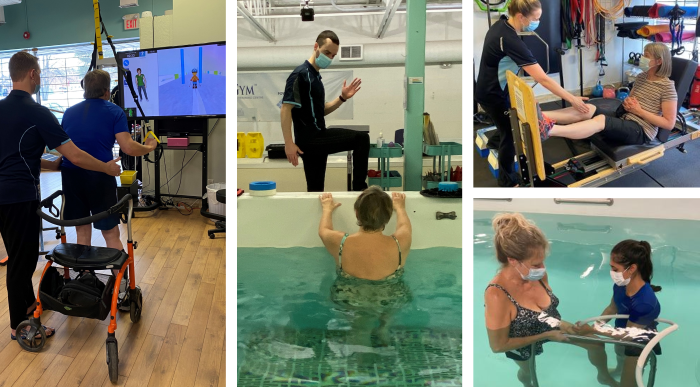
Waiting for your surgery – have you considered Prehab?
Do you have an upcoming surgery? Are you worried or anxious about how it will go and how long your recovery will be?
Often people will seek out a physiotherapist following their surgery to help with their recovery; however, there are many benefits to having physiotherapy before your surgery. Read on for what is prehab and why is it important?
What is Prehab?
- Prehab stands for prehabilitation. It is the process of getting you as healthy as possible before your upcoming surgery.
- It consists of a tailored program that is designed to improve your fitness and functional abilities before undergoing your procedure or upcoming surgery
- Evidence shows prehabilitation helps:
- to shorten hospital stays
- reduce post-operative complications
- and results in a faster recovery

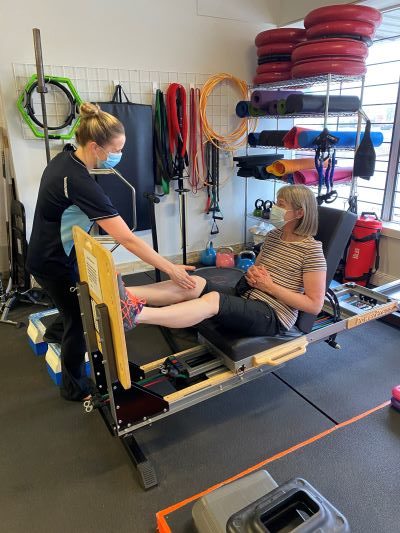

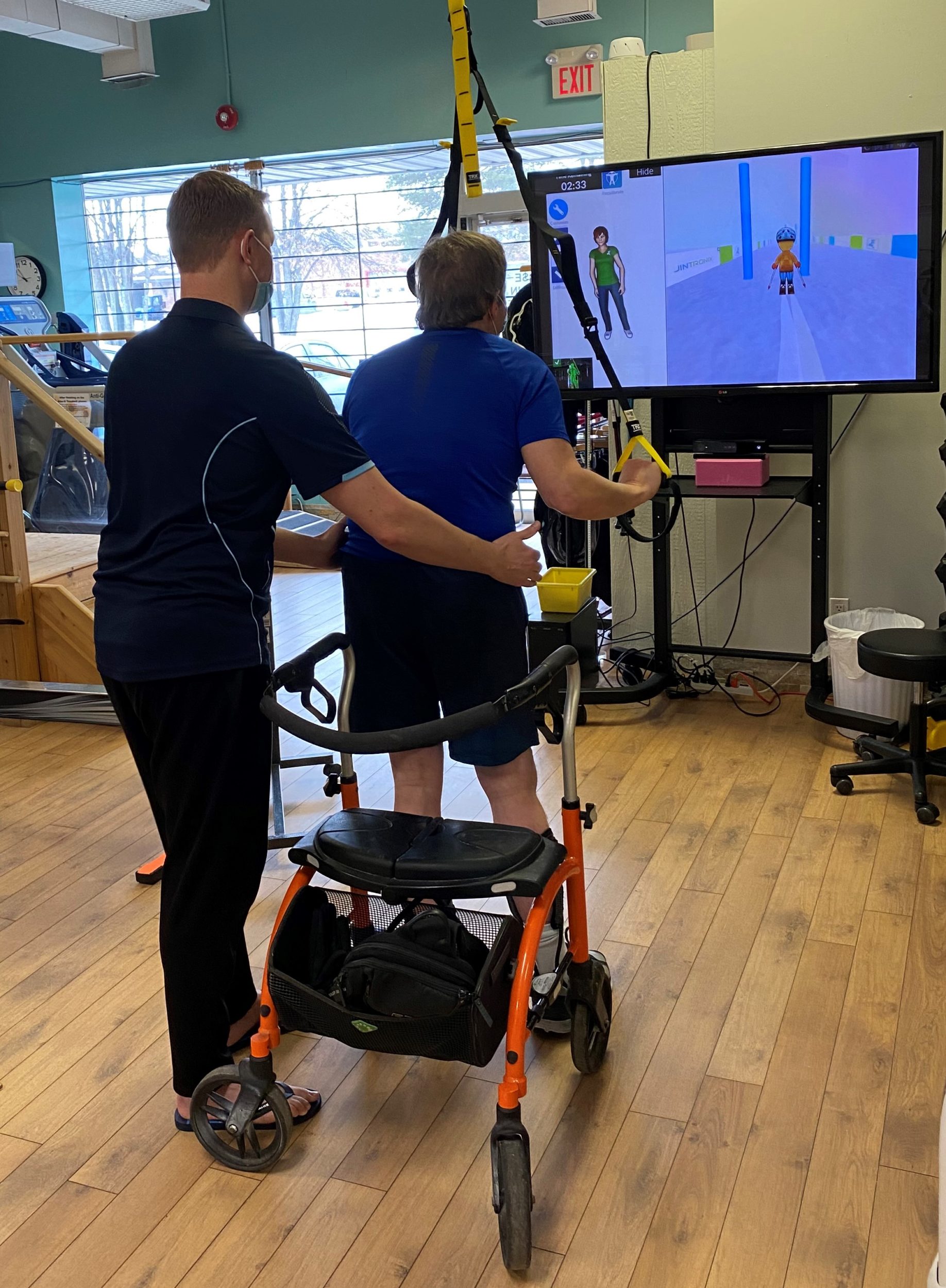
Preoperative rehabilitation is also known as Prehab
Preoperative rehabilitation is just as important as post-operative rehabilitation. Before going into orthopedic surgery, it is important to understand that your overall health and fitness levels will impact your post-surgery recovery. A prehab program can help prepare your body for all the stress of an upcoming surgery and help to build your strength to improve your function before and after your surgery.

The stronger you are before surgery the less your muscles will atrophy after.
8 benefits of Prehab and why it is important.
-
Provide pain relief prior to surgery
-
Increase endurance levels
-
Increase muscle strength
-
Improve range of motion
-
Decrease risk of post-operative stiffness
-
Decrease recovery time
-
Decrease risk of post-operative complications
-
Reduce anxiety surrounding surgical procedures
Prehab consists of:
- A variety of modalities, exercises, or manual techniques all individualized to your specific situation to help improve your function
- Initial focus of prehab will be on reducing swelling, improving range of motion, and increasing strength.
- A secondary benefit of prehab is the education you get regarding your surgical procedure and what steps you need to take to make a full recovery.
A prehab program will aim to get you to a healthy body weight, increase your cardiovascular endurance, and strengthen your muscles surrounding the surgical site. It is recommended that you get a minimum of 150 minutes of exercise per week consisting of both aerobic and strengthening exercises. These programs should be individualized to help you increase your overall fitness levels as best as possible before your upcoming surgery. The images below show a wide range of therapy activities at LiquidGym.
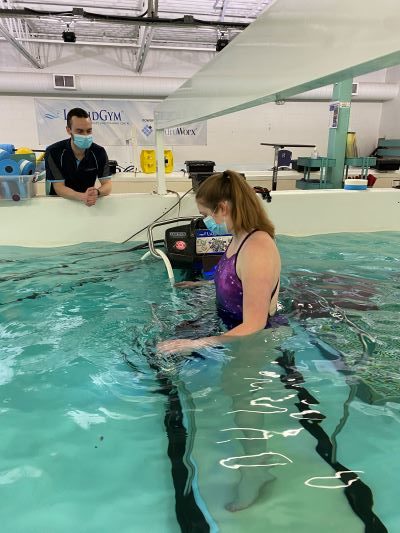
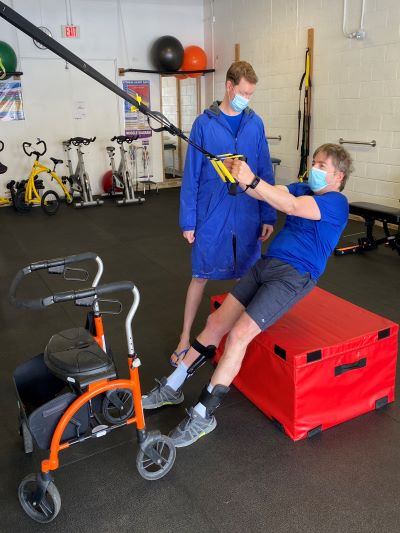
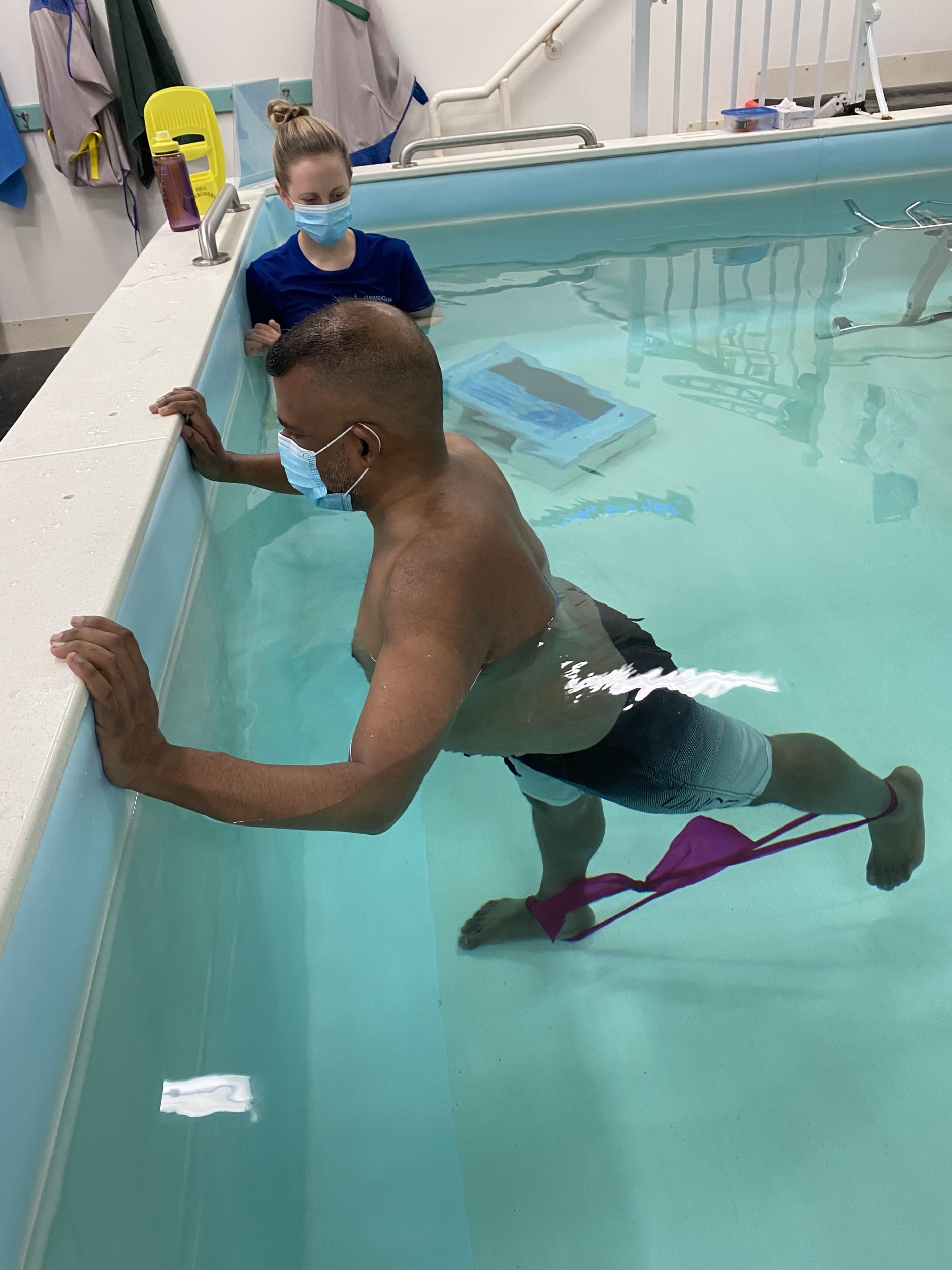
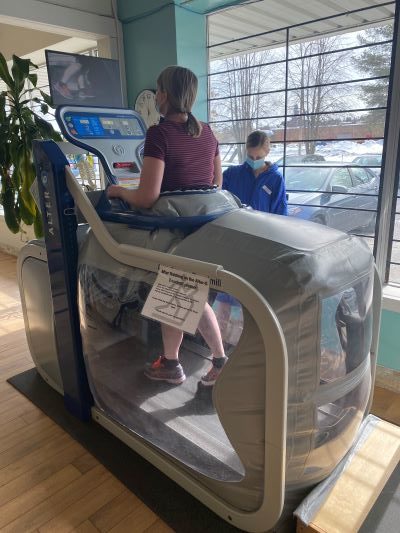
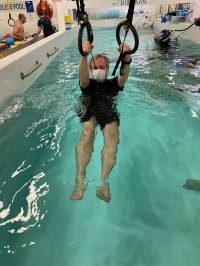
When to start a prehab program
Whether you are going in for cardiovascular surgery, orthopedic surgery, cancer treatments or a simple day procedure a prehab program may help with your recovery and post-surgical outcomes. Starting a prehab program 4-6 weeks prior to your scheduled upcoming surgery has been shown to improve recovery times. Prehab programs are specific for each individual and are formed based on a thorough assessment done by a physiotherapist or kinesiologist.
Other benefits
While there are many physical benefits to exercising that come with a prehab program, there are also many emotional benefits. Having a supportive environment can help relieve any anxiety or stress you may have about your surgery. It gives you time to prepare any equipment you may need, learn about the procedure, and have a good understanding of what your recovery process may look like.
FOR AN ASSESSMENT AND DETAILED PLAN OF CARE TO GET YOU READY FOR YOUR UPCOMING SURGERY
CALL LIQUIDGYM 613-820-8228
TO HAVE AN APPOINTMENT WITH
ONE OF OUR THERAPISTS!
References
Wynter-Blyth V, Moorthy K. Prehabilitation: preparing patients for surgery. BMJ 2017; 358. Doi: 10.1136/bmj.j3702
Durrand, J., Singh, S. J., & Danjoux, G. (2019). Prehabilitation. Clinical medicine (London, England), 19(6), 458–464. https://www.ncbi.nlm.nih.gov/pmc/articles/PMC6899232/
Author:
Alya Jaffer
Physiotherapist Resident